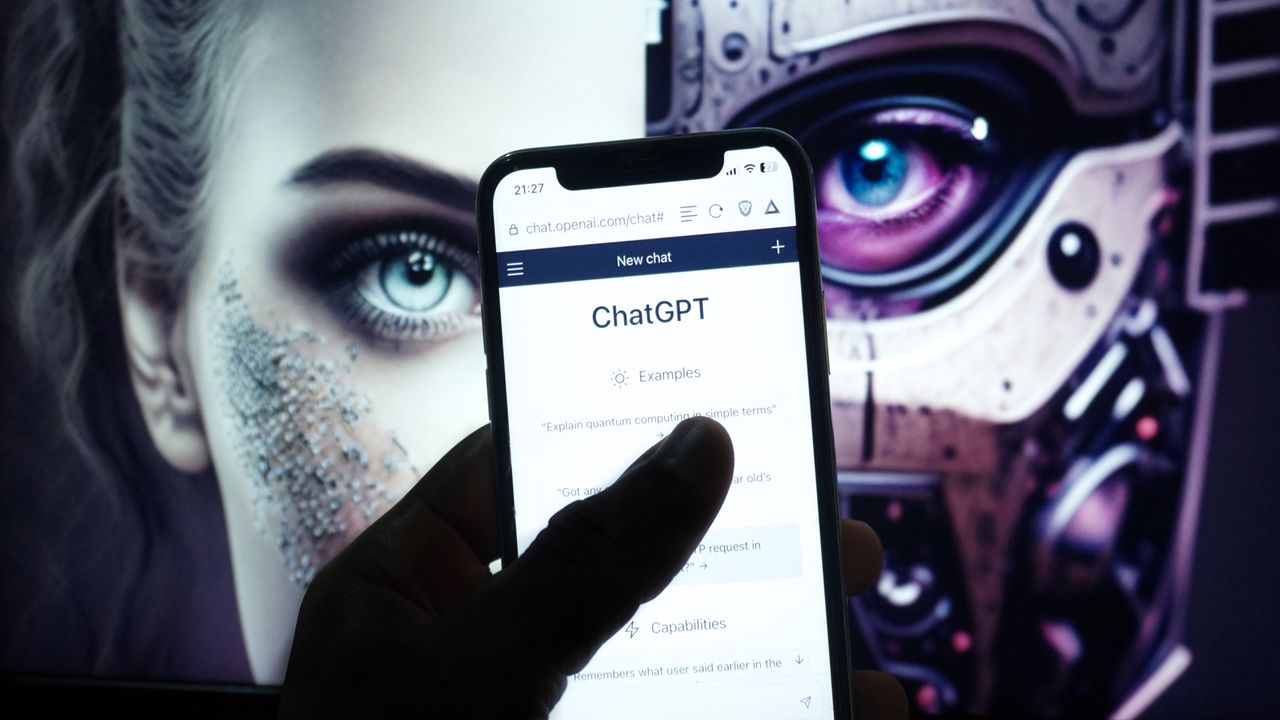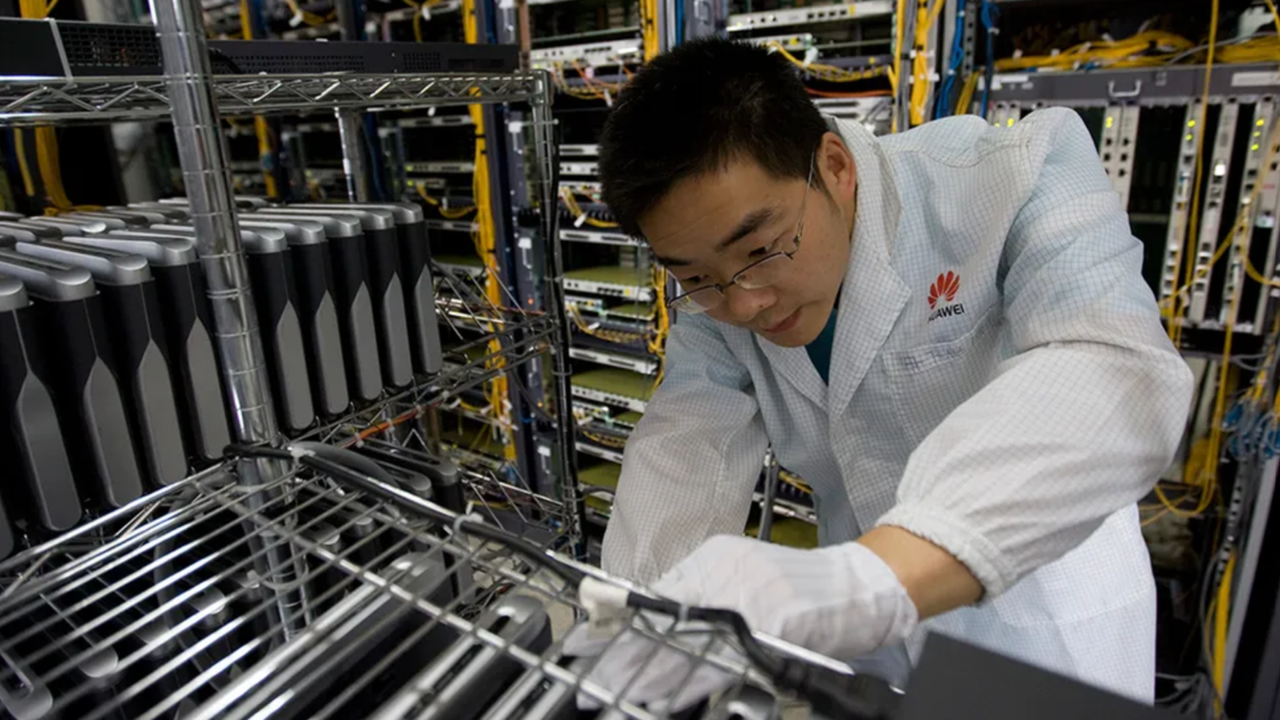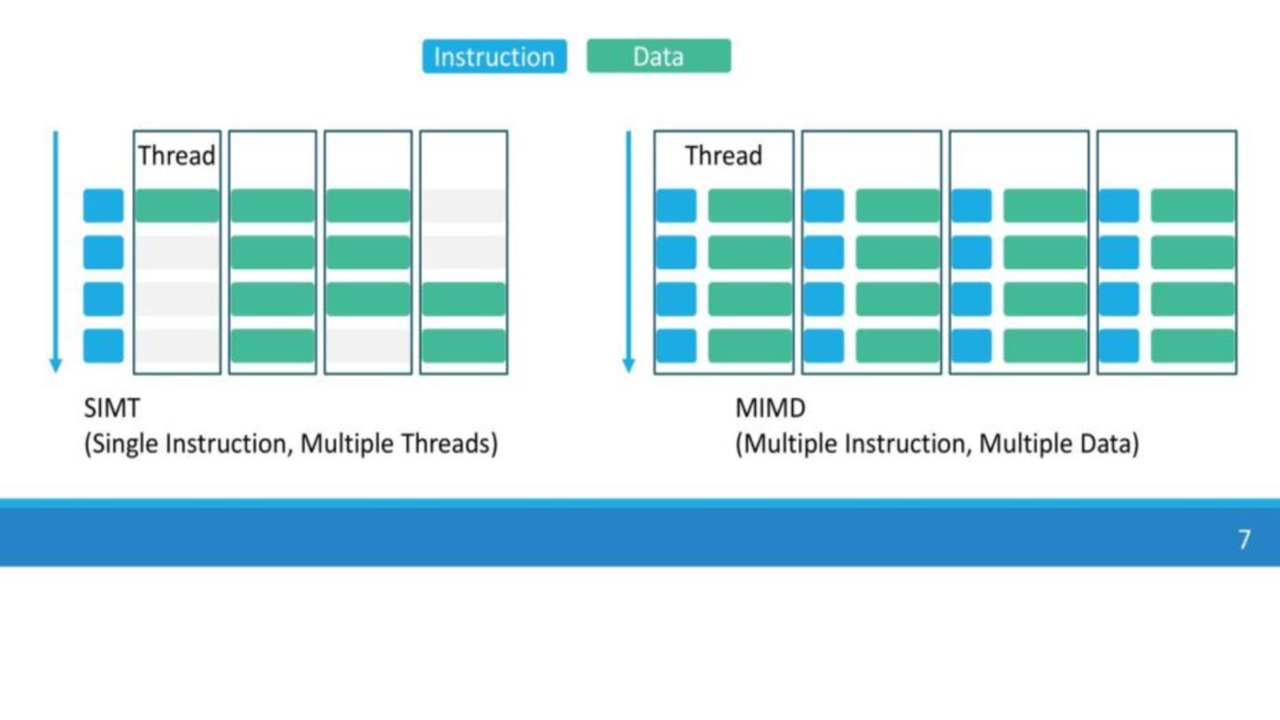
Synthetic Data’s Limits Highlight Need for Real-World Training in AI
Synthetic data promises speed and scalability for AI development, especially when real data is scarce. However, industry experts warn that reliance on artificially generated datasets can create blind spots, particularly in complex, high‑pressure environments where unpredictable human behavior and subtle variations matter. Real‑world data, captured from sensors, field operations, and digital twins, offers a more accurate foundation, improving model reliability, regulatory compliance, and trust. The shift toward reality‑first training is seen as essential for AI systems that must adapt continuously to the nuances of actual operating conditions.









